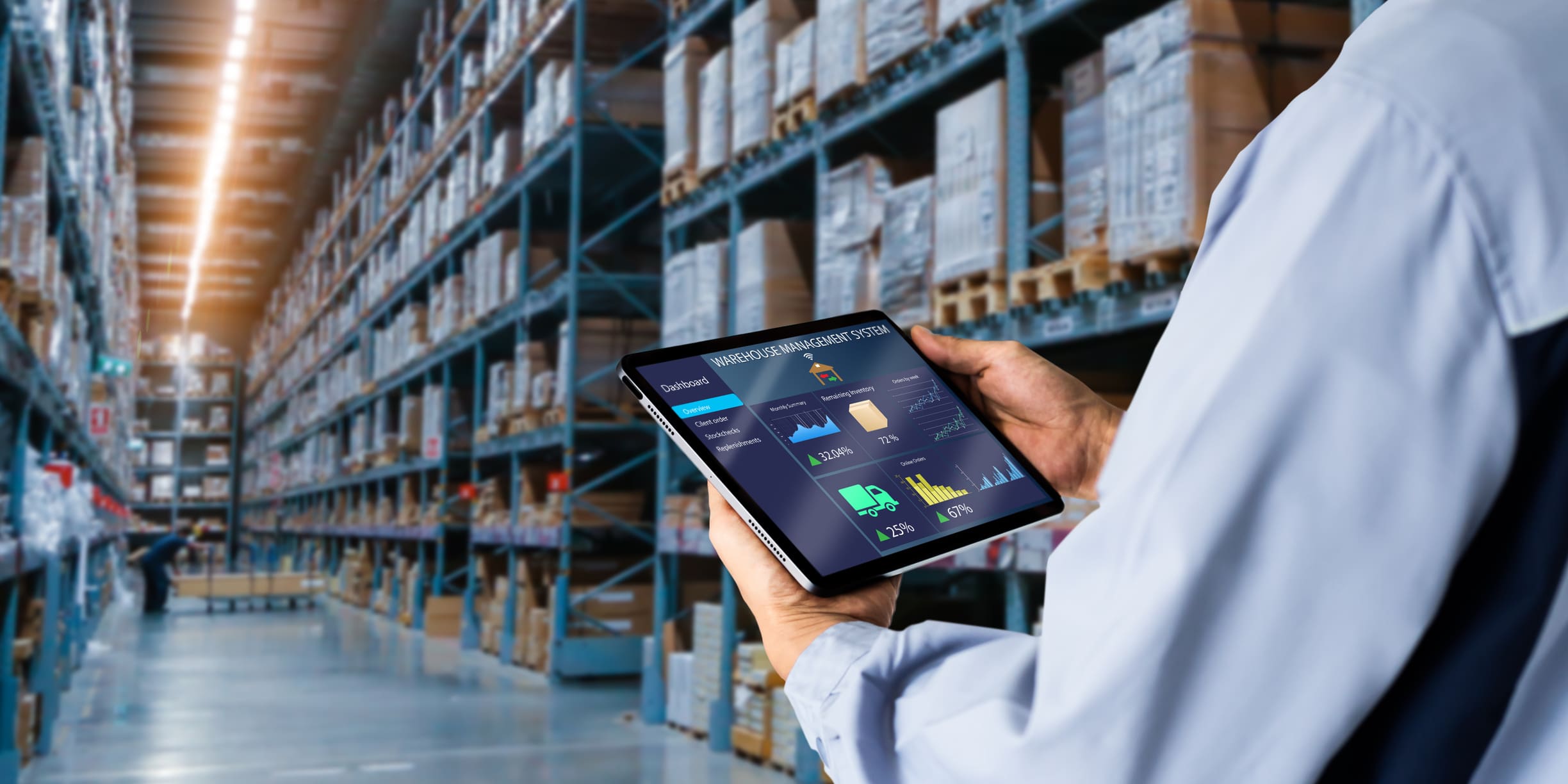Selling products on Amazon and Walmart is a great way for businesses to reach millions of potential customers and increase their sales. But which is better, Walmart marketplace vs Amazon?
Amazon is the world’s largest e-commerce platform, with over 2.5 billion active users. Walmart is also one of the largest retailers in the world and has a significant online presence. Becoming a seller on either of these platforms can significantly increase demand for a company’s products and cause business owners to seek inventory financing. This is where Kickfurther can help.
Kickfurther is a funding platform that allows brands to take control of their business. Inventory is often a business’s largest expense. For most businesses, it presents a major cash flow dilemma. You’re selling inventory faster than you’re receiving payment for it and you also need to replace the inventory to sell more. All the while, you need to make payroll, cover overhead, and keep the business afloat. E-commerce sellers sometimes struggle to obtain financing as their business model is unique. The truth is though, successful e-commerce sellers are an elite group of entrepreneurs – just like the team at Kickfurther. Together, we can find a creative solution to get you the funds you need to cover inventory expenses at an affordable cost all the while maintaining equity.
Looking to make your push into the e-commerce world? Here’s what you should know.
What is Walmart Marketplace?
Walmart Marketplace is an e-commerce platform offered by Walmart that allows third-party sellers to offer their products for sale on Walmart.com. Sellers can list and sell a wide range of products to Walmart’s large customer base, and Walmart manages the payment process, shipping, and customer service for these transactions. By offering their products on Walmart Marketplace, sellers can reach a wider audience and benefit from Walmart’s reputation for low prices and customer trust.
What is Amazon Seller Marketplace?
Similar to Walmart Marketplace, Amazon Seller Marketplace is another platform that allows third-party merchants and individuals to sell their products on Amazon.com. Sellers can list and sell various products, such as books, electronics, clothing, and more, to Amazon’s large customer base. Amazon then handles the payment process, shipping, and customer service for the transactions. By using Amazon’s marketplace, sellers can benefit from their easy-to-use interface, large customer base, and well-established reputation for online shopping. In addition, Amazon offers various tools and services to help sellers grow their business, such as fulfillment by Amazon (FBA), advertising, and insights into customer behavior and sales data.
What are the fees for selling on Amazon and Walmart Marketplaces?
Fees for selling on Amazon and Walmart marketplaces vary depending on the platform and the seller’s specific circumstances.
Amazon fees typically include:
-Monthly subscription fee: Depending on the seller plan you choose, Amazon may charge a monthly fee to access its marketplace. The Professional selling plan costs $39.99/month, while the individual selling plan has no monthly fee.
-Referral fee: This fee is based on the category of the product being sold and typically ranges from 6% to 45% of the sale price, charging you for each item you sell.
-Fulfillment fee: If you choose to use Amazon’s fulfillment service (Fulfillment by Amazon or FBA), you will be charged based on the size and weight of the item you’re selling. The fee typically ranges from $2.50 to $137 per item.
Walmart has a similar fee structure, consisting of both referral and fulfillment fees:
-Referral fee: Based on the category of product being sold, you are charged for each item you sell, which typically ranges from 4% to 20%.
-Fulfillment fee: You will be charged for each item you’re selling based on the size and weight and generally ranges from $4.97 to $19.97 for each item.
Are there any additional fees for using fulfillment services on Amazon and Walmart?
Yes, there are additional fees for using fulfillment services on both Amazon and Walmart. For Amazon, you will also be subject to charges for storage and handling. The storage fee is based on the volume (measured in cubic feet) occupied by your items in Amazon’s fulfillment centers and will vary depending on the time of year (peak vs. non-peak season).
For Walmart, you can be charged for storage, handling, and shipping. Storage fees are also based on the volume occupied by your items in Walmart’s fulfillment centers, and the handling fee is based on the size and weight of your items. Shipping fees will also depend on the size and weight of the item you’re selling, as well as the shipping destination.
Are there any fees for storing products in Amazon and Walmart fulfillment centers?
Both Amazon and Walmart have fees for storing products in their fulfillment centers. For Amazon, it is charged every month for each unit stored in their fulfillment centers. The fee varies depending on the size and storage duration of the item, as well as the time of year (Amazon raises their fees during their busy season from October to December). Walmart also charges fees for storing products in their fulfillment centers, which are also based on the size and storage duration of the item, and are charged every month.
Does Amazon or Walmart charge a fee for customer service or returns processing?
In general, neither Amazon nor Walmart directly charge fees for customer service or returns processing. However, it’s always best to check the specific policies of each company as they may change over time. For Amazon, returns are free and easy, with a few exceptions such as returns of certain items like digital content, video games, and personalized items, which may be subject to fees or restrictions.
Walmart’s return policy is also generally free and straightforward, but like Amazon, there may be exceptions for specific items such as electronics, which have a 15-day return policy, or for items that are opened or damaged, which may not be eligible for return. Both provide customer service support free of charge and are available to help you resolve customer service issues, answer questions about selling on the platforms, and provide guidance on policies and procedures.
It’s important to understand return policies as a seller as you’ll likely need to abide by whatever the platform sets forth.
What are the differences in payment processing for Amazon and Walmart?
Both Amazon and Walmart have their own payment processing systems that they use to handle transactions made on their platforms. While they are similar in many ways, there are some key differences between the two.
-Accepted payment methods: Amazon accepts a variety of payment methods, including credit and debit cards, Amazon Pay, and PayPal. Walmart, on the other hand, primarily accepts credit and debit cards but also accepts Walmart Pay and PayPal in some stores.
-Fees: Amazon charges a fee for processing payments through its platform, which is typically a percentage of sales plus a fixed fee per transaction. Walmart, on the other hand, does not charge any fees for processing payments, making it a cost-effective option for sellers.
Are there any volume-based discounts for high-volume sellers on Amazon and Walmart?
Amazon and Walmart offer volume-based discounts for high-volume sellers. Amazon’s volume-based discounts, also known as “Volume Pricing”, allow sellers to offer lower prices on bulk purchases. The discounts can be set up for specific products or product categories and are automatically applied to the customer’s order based on the quantity of items they purchase. Walmart also offers volume discounts for high-volume sellers. The discounts can vary depending on the product and the quantity being purchased, and they can be applied to both online and in-store sales.
What are the payment processing fees for Amazon and Walmart?
Amazon and Walmart each have their own payment processing fee structures, which can vary depending on the type of transaction, the type of payment accepted, and other factors. For Amazon, the fees for processing payments depend on the type of product being sold, as well as the country where the seller is located. For example, in the United States, Amazon charges a referral fee for each item sold, which ranges from 6% to 45% of the item’s sale price, depending on the category. In addition to the referral fee, Amazon also charges a payment processing fee, which is typically 2.9% + $0.30 per transaction.
For Walmart, the fees for processing payments are also dependent on several factors, including the type of transaction, the type of payment accepted, and the location of the seller. Walmart typically charges a fee for processing electronic payments, which ranges from 2.5% to 3% of the transaction value, plus a fixed fee that can vary depending on the type of payment accepted.
How Kickfurther can help
If you’ve been searching for Walmart inventory financing and or Amazon inventory financing but have encountered some roadblocks or detouring costs, Kickfurther is here to help. As an alternative source of funding, Kickfurther can be a valuable tool for sellers on both platforms. With Amazon and Walmart Marketplace sellers building a business around inventory it will be important to have a healthy supply of it. It’s also important to have efficient systems in place. Inventory funding can alleviate cash flow pinches and allow businesses to grow. By removing the need to tie up all extra cash in inventory you can allocate resources to other parts of your business such as inventory systems, employees, and more. You may even be able to order larger quantities of inventory which can help you unlock better pricing.
Kickfurther funds up to 100% of your inventory costs on flexible payment terms that you control. Kickfurther’s unique funding platform can fund your entire order(s) each time you need more inventory, so you can put your capital on hand to work growing your business without adding debt or giving up equity.
Why Kickfurther?
- No immediate repayments: You don’t pay back until your product sells and you control your repayment schedule.
- Non-dilutive: Kickfurther doesn’t take your equity.
- Not a debt: Kickfurther is not a loan, so it does not put debt on your books, which can sometimes further constrain your access to additional capital providers and diminish your valuation if you approach venture capital firms.
- Quick access: You need capital when your supplier payments are due. Kickfurther can fund your entire order(s) each time you need more inventory.
Closing thoughts
Becoming a seller on either platform can present a unique set of challenges for business owners. As demand for your products grows, maintaining working capital can be difficult while trying to fulfill a growing number of orders. By providing inventory on consignment, Kickfurther provides inventory funding that can free up the working capital necessary to keep growing and expanding your business.
Interested in getting funded at Kickfurther? Here are 3 easy steps to get started:
#1. Create a free business account
#2. Complete the online application
#3. Review a potential deal with one of our account reps & get funded in minutes









